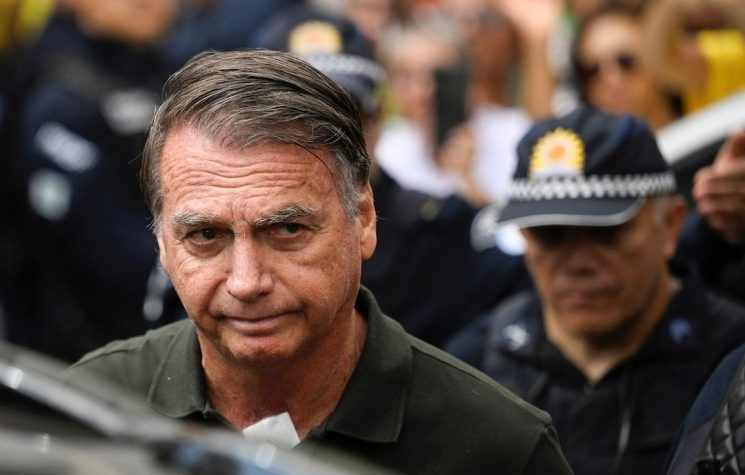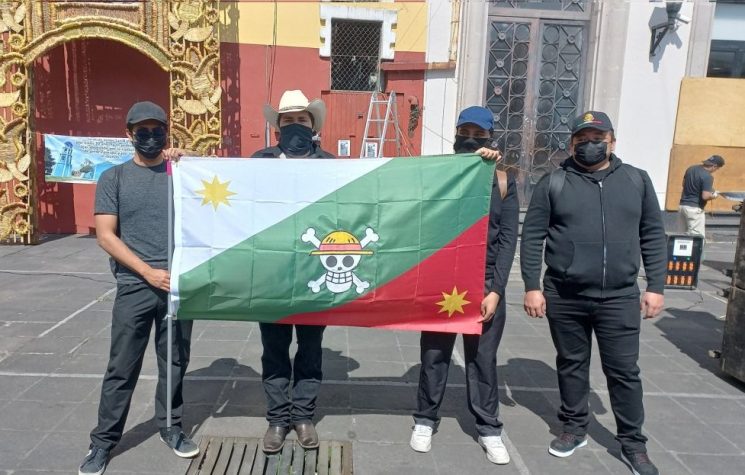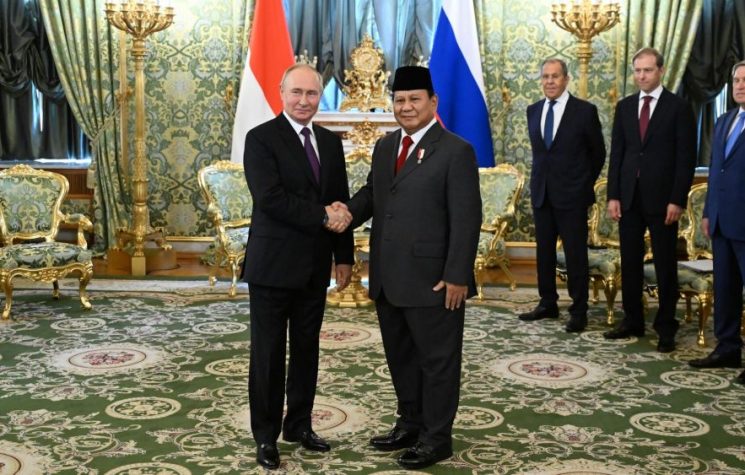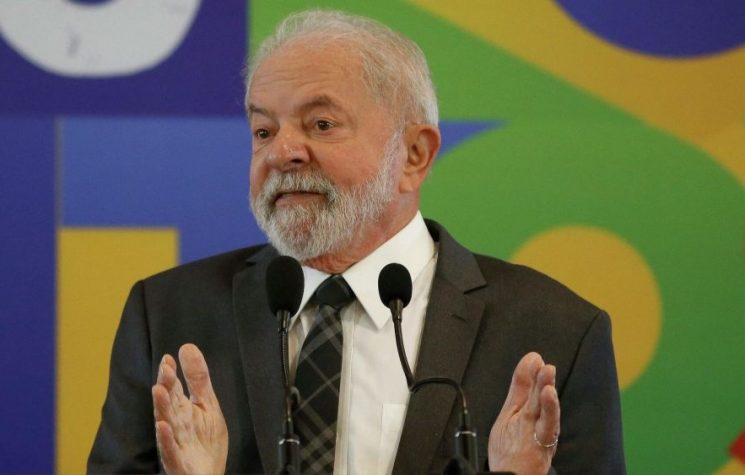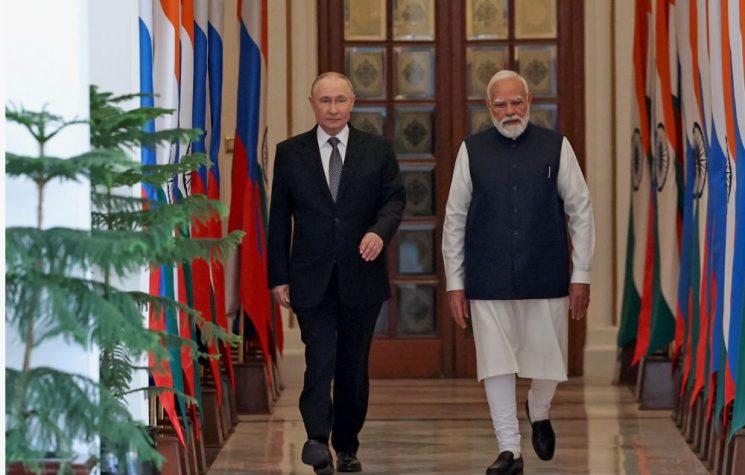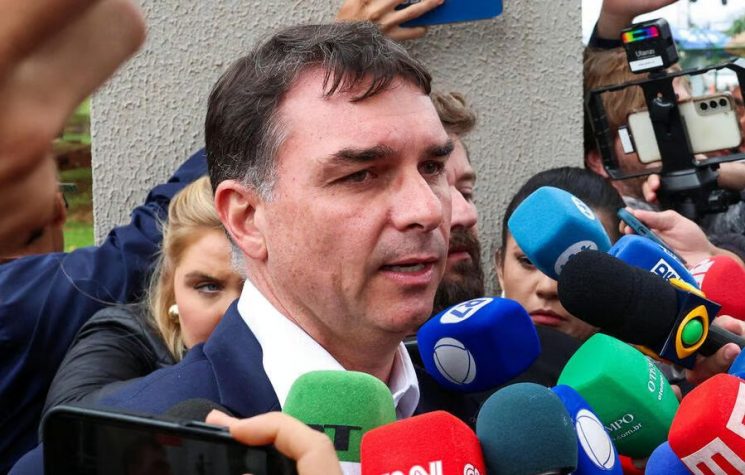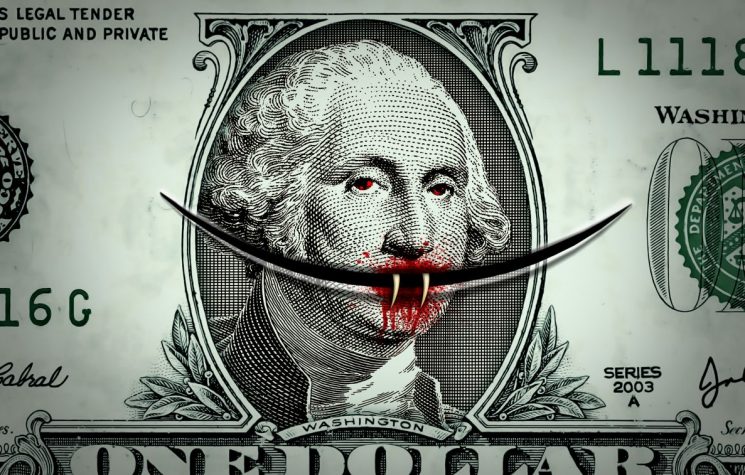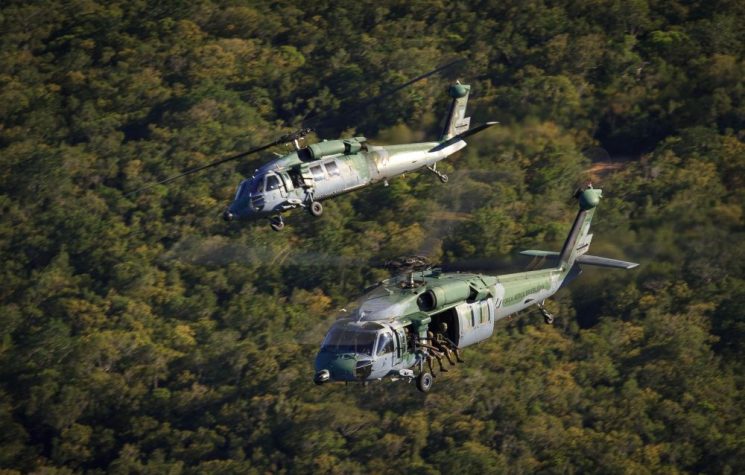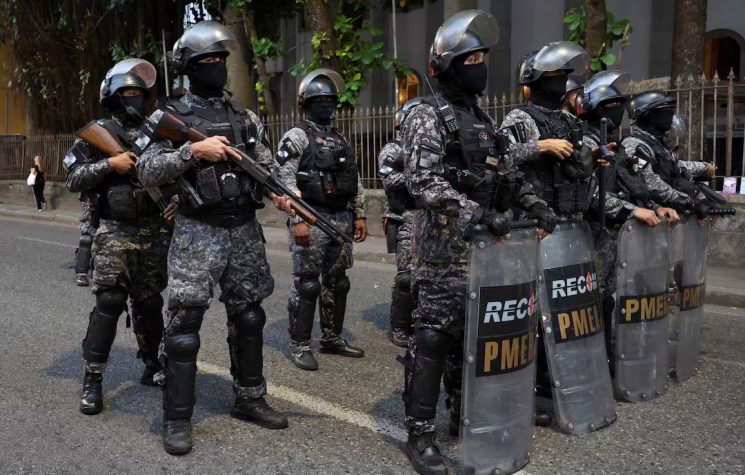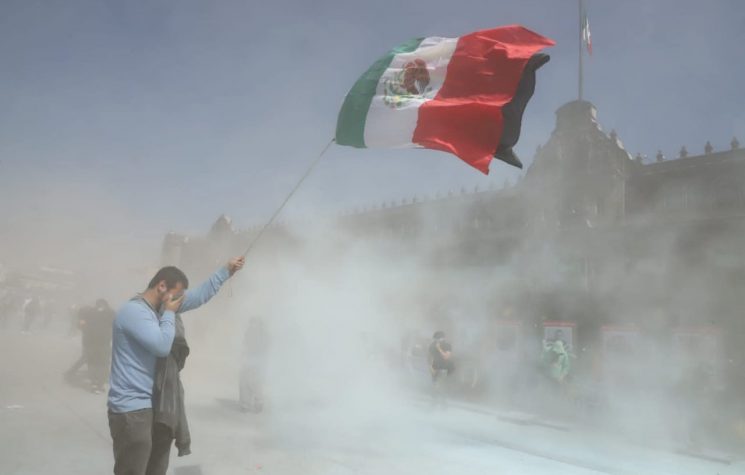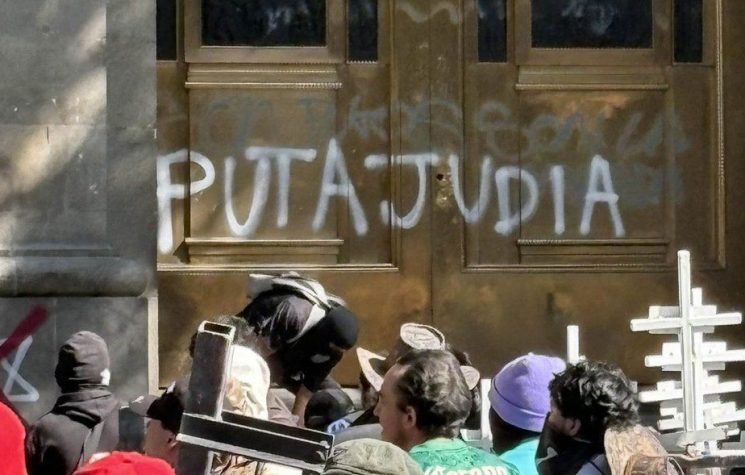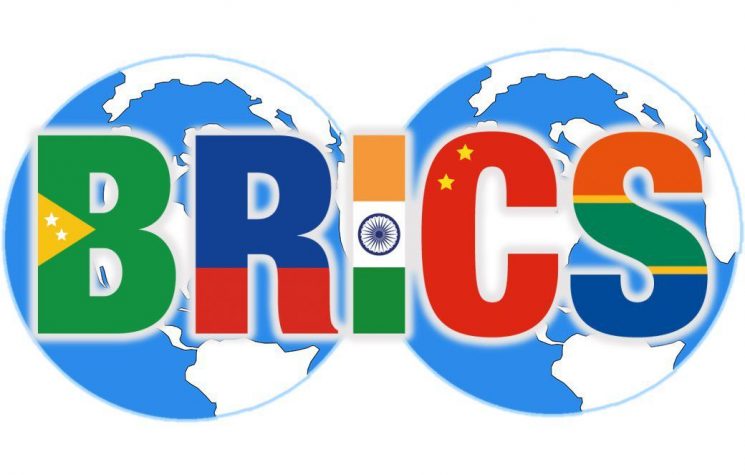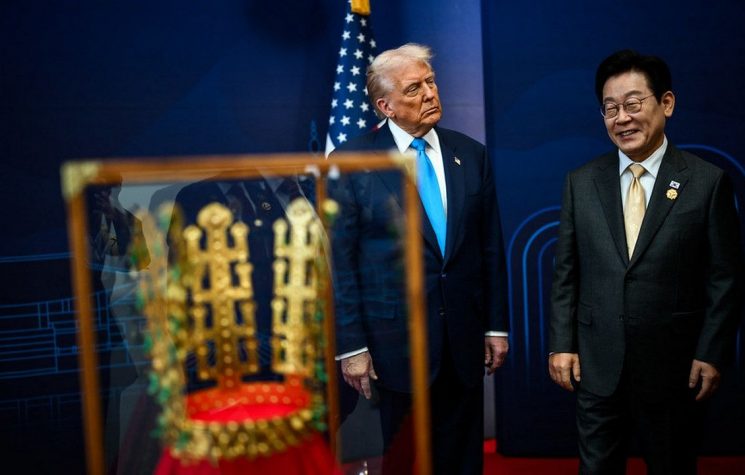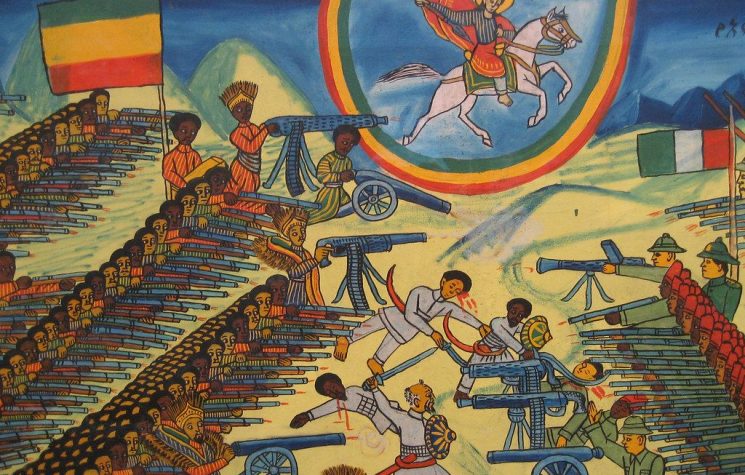BRICS is the new fever of the century, Lorenzo Maria Pacini writes.
Contact us: info@strategic-culture.su
The Kazan summit of the BRICS is the event of the year. With the decisions of these days, 2025 and probably the entire century will be shaped, charting the course for the completion of the multipolar transition. It will not be easy – no one ever said it would be – and already some important questions for the near future arise. Let us try to understand some of them together.
No more America, no more
The hype created for BRICS during this year has surpassed that for the U.S. elections, the outcome of which now will not be as binding as before. This is a fact. When 2024 opened, many were concerned about the great risks involved, having as many as 76 countries in the world in election session, with the U.S. dominating. The rhetoric of the hegemon, however, no longer works as it used to. Until a few years ago, everything that happened in the U.S. was of global interest, the press was ready to devote front pages and social media was filled with dedicated content, while financial markets went crazy at the slightest sign of instability or danger. Everyone was hanging on Lady USA’s every word.
That is no longer the case today.
One of the great successes in the infowarfare undertaken by the BRICS countries under Russia’s presidency is to have ousted America from its media centrality. Or, rather, at the center it has remained only in vassal countries, such as Europe or the Commonwealth. But the rest of the world is no longer so interested, and the rest of the world is the majority of the world. This is a detail that needs more attention. True, the U.S. alone has a great deal of power, certainly greater than a great many other states; but the geometries of power vary cyclically, as History teaches us, and all empires sooner or later must come to terms with their denouement.
The strategy undertaken, hand in hand with the geo-economic strategy, meant that the media attention of the “rest of the world” was tuned to facts and events that concerned the rest of the world, no longer the Hegemon. There’s a rest of the world, indeed, there is the world and the United States, and the West. The world is no longer “the West” to which “the rest” is added. The perspective has changed. In the media language it was a small semantic revolution whose echo will be ever greater.
The primary effect was a kind of disorientation, because people were not used to emphasizing news from certain areas of the planet. Nor was there sufficient training to do so. So it was that the BRICS countries first launched a series of national platforms for analysis and dissemination of information, and then started a BRICS-branded information apparatus, which was already very detailed, widespread and accurate, providing for the technical training of professionals. It was a matter of having to teach how to tell the world without being seduced by the mythological sirens of the Atlantic.
The side effect is that a new generation of experts is on the horizon of a world to be described with different eyes, and as is well known, the main power of the mass media is to tell the world, that is, to give an image of it, describe it, create thought forms of what the world is and how to imagine it for the future.
The result we can say has been positive: in the countries of the multipolar world there is no longer the “America first” rule, and come the end of October there is no need to talk about the U.S. elections as the event of the year. On the other hand, one is aware that Harris or Trump, the problem of the U.S. remains the same, and in any case, neither competitor has any intention to dethrone Zionism, nor to participate at the Pax Multipolaris table.
The new financial system
Still on infowarfare, Russia has played a master game. We had already talked about this months ago: the repeated announcement of the new BRICS currency with partial gold base, then of BRICS Pay, then of UNIT replacing SWIFT, then of the financial operations of the New Development Bank, repeatedly occurred always and only in conjunction with particular moments when the dollar market was to be destabilized, creating difficulties for the U.S.-U.K. and favoring BRICS investment and the process of de-dollarization.
It was very obvious and almost trivial that these new systems would not be activated as early as this year, because they require millimeter planning and transition times that are not immediate, especially since we are dealing with a large number of states with different currencies, different laws, different trade. The important thing to do was to promote the new system, scare the opponent, destabilize the market, persuading more and more countries to leave the orbit of a Western-centric system that is collapsing. This is waging information warfare.
The programmatic decisions being made in Kazan will dictate the operational phase beginning in 2025, with an expectation of gradual experimentation and insertion of the new systems. The BRICS Pay Card released at the summit is an example of the effectiveness of this alternative system: perhaps it may seem trivial to many, because on the surface it is a small debit card to pay for coffee, but in reality, what we see is a payment system to which participants from all countries have access, within a new circuit, according to new rules. A little test, almost a little joke to piss off the financial overlords of Wall Street. Trick or Treat?
The summit will discuss the crucial step to complete the next phase of this new financial revolution process: who will be the next president of the NDB and what kind of form this financial institution should take. From the information already released and the answers of the analysts and experts summoned to the negotiating table, there is a need to create a kind of independent Central Bank, cutting the umbilical cord from the International Monetary Fund (which is American), while having to be careful not to throw numerous states into a global financial crisis due to the complication of the transition-a problem, this one, that should not be underestimated at all, because the BRICS countries and especially the new members do not have the same level of economic power, do not have the same currencies and do not have the same reserves. In fact, there has been talk of a new banking institution authorized to issue credits for the purpose of financing the trade and payment deficits of some countries, just as there has been extensive discussion of a currency with 40 percent real basis in gold and 60 percent national currencies of the member countries, thus a currency that can be quickly converted into all national currencies.
This is certainly a delicate and very difficult step, but it would represent checkmate against the dollar. It will not be so easy to convince the Chinese to accelerate effective de-dollarization, because Eastern trade is still very much tied to America.
The BRICS have already surpassed the G7 members and numerically are on their way to representing the majority of the global market. As a blonde British criminal once said, “There is no alternative.”
Saudi in, Saudi out
Similarly for Saudi Arabia an aut-authority will be placed. The country is still too closely tied to the U.S. over oil issues and has a track record of unpleasant skeletons in its closet-especially over terrorism and war funding – but Mohammad Bin Salam’s relations with Russia and China are objectively excellent. In Kazan, according to the words of Dmitry Peshkov, Kremlin spokesman, a resolution will be made.
There is a huge risk of color revolutions or coups in Saudi Arabia to destabilize the country depending on the choices it makes. American influence and military presence on the ground is a thorn in the flesh that is not easy to extract and medicate. However, it’s true that oil remains the main source of energy and determines the majority of the global market. In order to wrest Saudi Arabia-but also the UAE-from the control of the hegemon, it is necessary to offer them advantageous and secured alternatives.
In that context, the work of the committees dealing with integration and reshaping Islamic alliances with the partnership will be crucial. After Turkey’s provocations and the Zionist affair that has now spread throughout the Middle East, Iran’s “call to arms” toward all Islamic Arab countries is a very clear sign of political urgency. Instability like the current one is no longer possible.
The call of Islamic countries to fight against Zionism poses a radical and no-return choice.
This will also be done through the exercise of commercial soft power: since the Arab countries are centered on trade (and money-washing), particularly of crude oil and raw materials, cornering the trade routes and restricting them with BRICS members would mean a major snub in turnover. Let’s try to think of a Plan B on the part of the BRICS, a new oil Capitol Hill hijacking the Abu Dabi and Dubai trades, a real little joke to get the Arab countries to make up their minds. Verisimilar, isn’t it?
The 2025 presidency
Next year’s presidency of the partnership is in Brazil, under Luiz Inacio Lula. The concerns here are not few.
There are many internal contradictions that need to be resolved.
The government does not appear prepared for BRICS governance. The Zionist presence is extremely strong – Bolsonaro was an iron Zionist – and there are many American and European NGOs that have great power over national politics. Not to mention the large number of foreign agents especially Americans, with organized crime management by the intelligence apparatus, a real “shadow army” doing the dirty work. Lula’s room for maneuver is thus limited.
The organization of the BRICS Agenda during the Kazan summit must move in the direction of “locking in” the geo-economic formation of the partnership so that it is not undone in the next delicate stages. Let us keep in mind that in the past few days information declared as secret, confidential for Five Eyes members only, was leaked about a planned attack by Israel and the U.S. on Iran, which was to take place during the very days of the BRICS dome. This case of leaked information has aroused quite a few ill feelings in the U.S. establishment.
Geographically speaking, Brazil is a huge state, thus not an easy state to manage, morphologically and geologically rich, diverse and not easy. After the European colonial control of Portugal, Brazilian dependence remained with the United States. Brazil is surrounded by countries that are distinctly anti-American and have a connection with Russia and China for ideological political issues.
In the past few months, it is as if Brazil has been put in the regional position of having to comply with the BRICS agenda: Russia has reactivated military bases in Cuba, Venezuela has confirmed its alliance with Russia, China, and has made major intelligence agreements with Iran, trade agreements have been signed that redefine shipping lanes.
Yet Brazil has already given answers: the first BRICS summit in 2025 will be pushed back to July, thus leaving more than half the year without decision-making stages, to give priority to COP30, the UN climate conference.
Brazil then has fewer diplomatic relations than, say, Russia, so there is less leeway, which will have to be worked out somehow.
Again looking at the world map, Brazil is decentralized from the majority of the partnership members and is far from the geoeconomic and geostrategic routes of the BRICS, which are still very much focused on Eurasia, Southeast Asia, the Middle East and now opening up to Africa. This is the rule of classical geopolitics: the Heartland (Eurasia) needs to secure the Rimland, that cordon that surrounds it, and through the BRICS (but also the SCO) it is doing this brilliantly. We can borrow the expression “Heartland of the BRICS,” which I will discuss in my next article. According to Karl Haushofer’s definitions of geographic pan-ideas, Brazil is yes in the BRICS, but it is in fact in the American zone of influence, Iberoamerica not being independent yet.
Then there is the problem of natural borders. To the east is the Atlantic, facing Africa; to the west, beyond the Cordillera, is the South Pacific, which is a Commonwealth zone of influence, teeming with British and American bases, with various Five Eyes command centers the AUKUS still holding majority strategic control. This is not an imaginary pressure, but a real one: to move across the Pacific, BRICS Eurasia must pass through a “barrier” of maritime military control and international agreements. Until or today there has been a BRICS Eurasia-centrism that will now have to expand into something else.
Even during South Africa’s presidency, the routes were exquisitely Eurasian: Africa had not yet been divided by the Alliance of Sahel States, so it was still quite a bit under European and Anglo-American influence, a situation that changed in 2024 and now sees a greater Russian and Chinese presence to stabilize continental autonomy.
The BRISCs, therefore, must find a solution for the routes to South America. And they may have already found it: a month after the Kazan summit there will be the APEC (Asian Pacific Economic Cooperation) summit with the official inauguration of the port of Chancay, whose assonance with the port of Shanghai makes it all very ingenious. This is China’s new maritime route across the Pacific, which via Peru will bring many Brazilian – and South American products in general – to China. This is geographically a kind of encirclement of the Western adversary, going for the first time to touch the American continent through a move well-honed in China’s savvy strategy, which will benefit all the BRICS. Not surprisingly, the American battle to China, particularly wanted by Trump, would like to try to break this rapprochement, which is why the color revolution in Taiwan is a priority for the Americans.
Another solution is the north-south corridor involving Russia, Iran and China, and to some extent India, and the new Arctic route: still are in the process of development and already there is talk of a kind of revolution and a real new market dominance.
Fighting Russia, China and Iran means fighting the backbone of BRICS: politics, economics, ideology.
A political issue on a geoeconomics table
This summit is also expected to discuss a hot and urgent topic: the Palestinian issue. For the first time, the BRICS will discuss an issue that is purely political, not geoeconomics. Although Palestine has applied for membership in the partnership-and thus will be scrutinized like all other applying states-the issue remains diriment for all Islamic countries that have applied, anti-Zionism being a common trait among many new would-be members. But it is also a most urgent issue for the leading BRICS: Russian President Putin spoke personally on the matter for the first time, awaiting the summit, expressing the need for a single state of Palestine and a quick and effective solution to the problem. A strong and very direct signal, almost a kind of testament at the close of the year of the partnership presidency.
It is even likely that a specific event will be dedicated to Palestine by the BRICS, perhaps before the end of the year, being able to play on the partnership’s current stage of unity. The problem cannot go unanswered.
Africa piece by piece
The big player from the Global South at this summit is undoubtedly Africa, with its many participants. On that continent, consistent with a prudential path that befits a phase of vanguard and exploration of new political and economic territories. We are talking about a continent whose difficulties are by no means few and not easy to solve, for which it will take a long time, of at least two generations, to be able to achieve sufficient internal stability to constitute a solid African Heartland.
Africa, in fact, is approaching the BRICS one piece at a time: first the strongest and most stable countries, then the others will follow, until those still tied to foreign control are left isolated. Clearly, there must be interest to initiate these procedures, because all trade is a matter of interest, and this has been made possible since the establishment of the Sahel Alliance, thanks to which a sufficient rift has been created to open up new possibilities and ensure greater trust.
Think, for example, of the Russian company Rosatom’s agreement with Burkina Faso to build a nuclear power plant: this move could “explode” the nuclear issue in Africa, quickly taking advantage of the facilities already in place by Russia and China, but also North Korea. The coming months will be a test for the adhering countries: it will be seen whether there will be attempts at destabilization, colored revolutions, civil wars, coups, and the moment a blockbuster deal goes through, what’s to stop African countries from getting to the negotiating table?
Then again, you know: everyone wants in on the BRICS. It is the new fever of the century. So, dear BRICS, what’s next?










